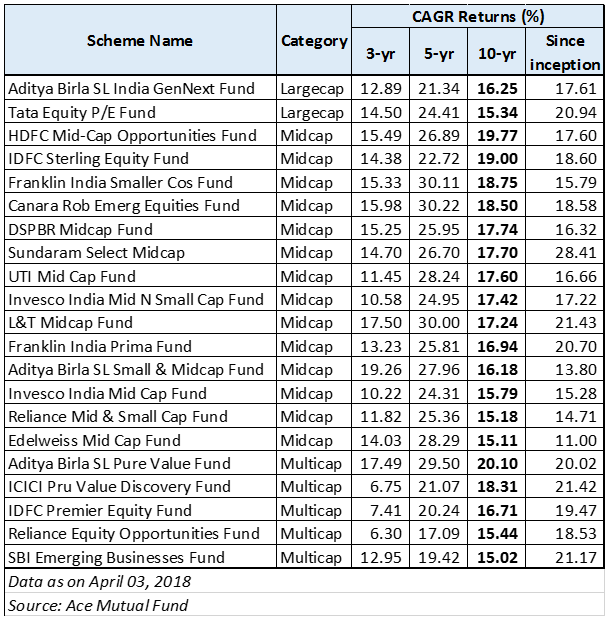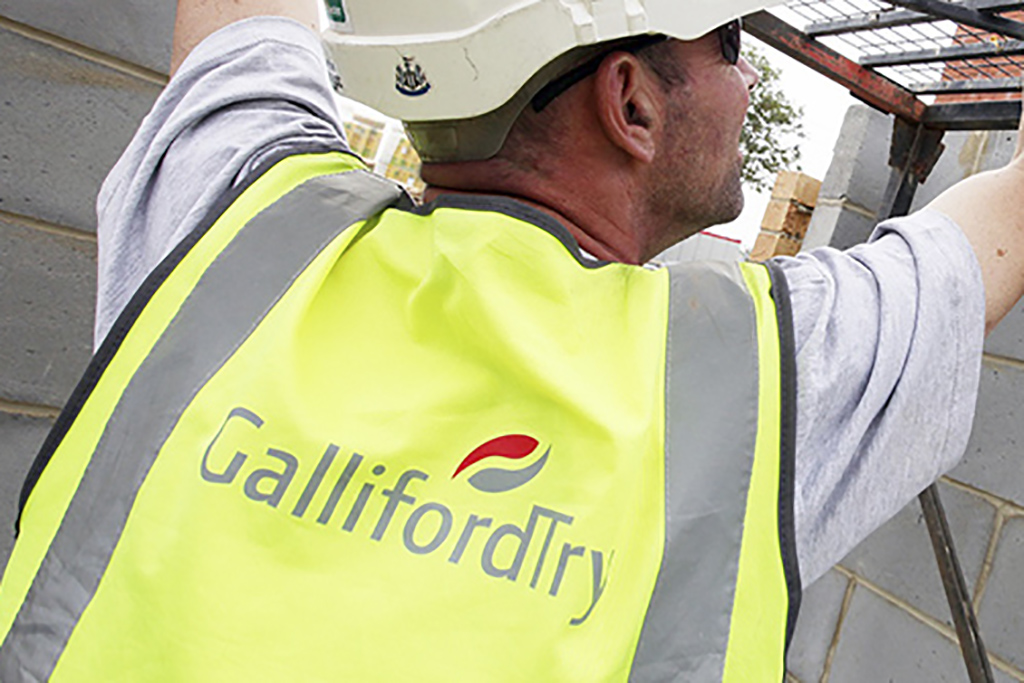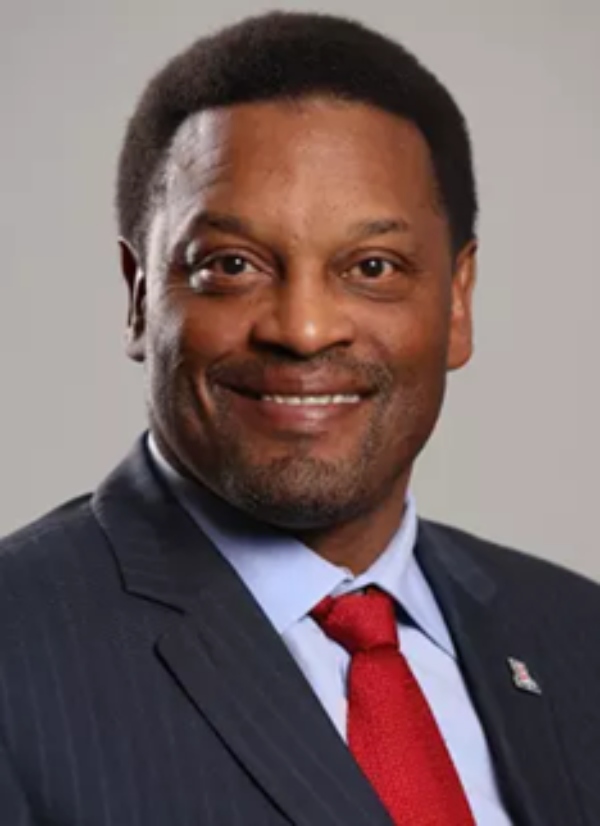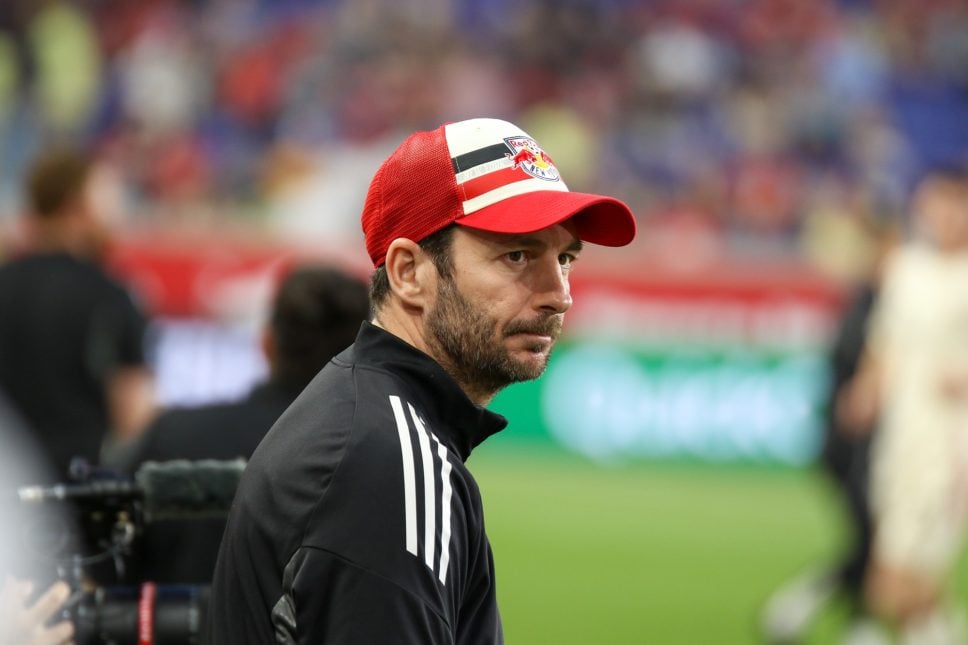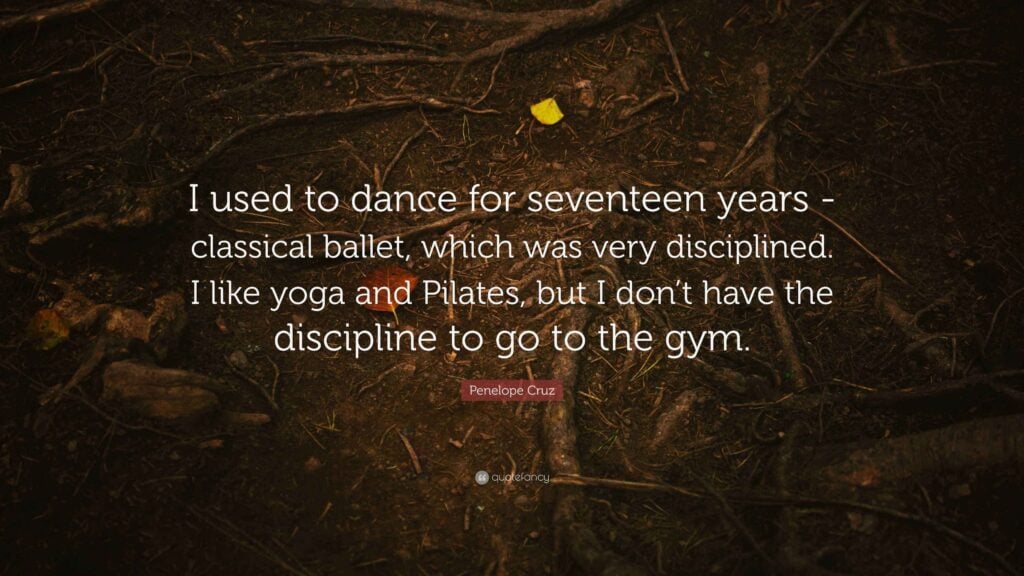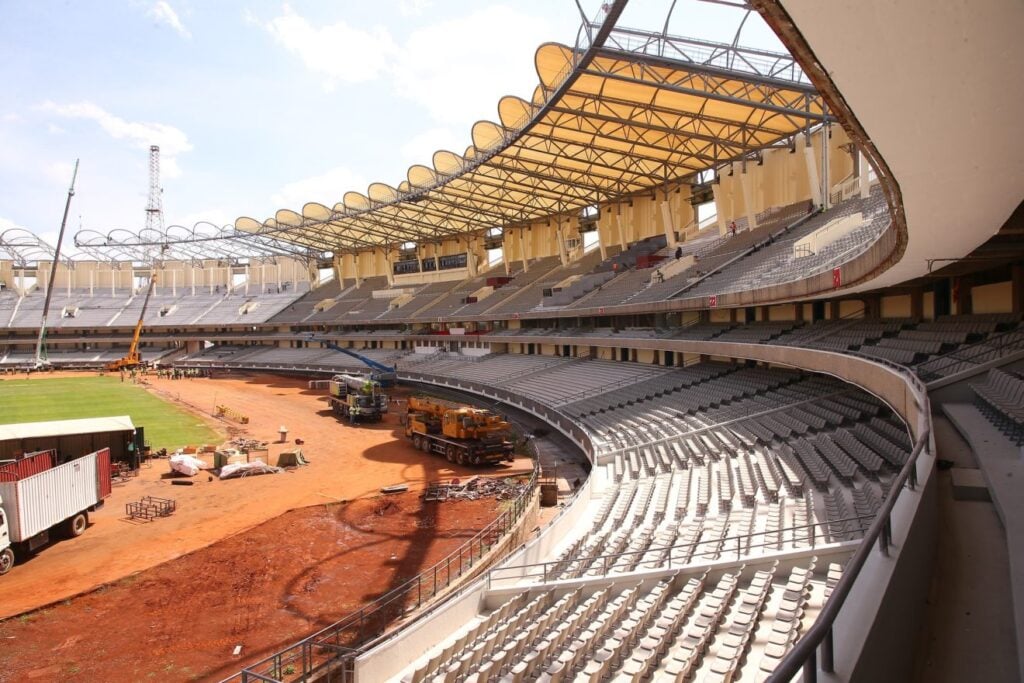Blog
FG Raises Minimum Age for Junior Secondary School to 12


The Federal Ministry of Education has announced that no child will enter Junior Secondary School 1 (JSS1) before turning 12 years old.
Coordinating Minister Tunji Alausa unveiled the policy to ensure students complete a full nine‑year cycle of schooling and arrive in junior secondary ready to learn.
Setting a Clear Age for Junior Secondary
Under the new rule, pupils must finish six years of primary school, typically from age six to 11, before moving on to JSS1.
By fixing the entry age at 12, the government aims to bring uniformity across all states and end wide swings in student maturity that previously disrupted teaching and learning.
From Nursery through Primary
The policy also outlines the early years leading up to primary school. Children will begin nursery at age three, spend one year in kindergarten at five, and then progress through primary grades one to six.
This structure aligns Nigeria with international standards and helps families plan for each stage of a child’s education journey.
Impact on University Entry
One clear effect of raising the JSS1 age is its ripple through the whole education system. With students now older at each level, most will reach senior secondary at about 15 and finish around 18.
That return to the traditional university‑entry age will replace last year’s brief lowering of the minimum to 16, restoring more time for teenage students to mature before higher education.
The Rise of Private Schools
The ministry noted that independent schools have grown rapidly, especially in 26 states where non‑state primary and junior secondary facilities now outnumber public ones.
While private schools have helped expand access, Education Minister Alausa warned that their quick rise brings uneven quality. He said stronger oversight is essential to make sure every classroom meets basic teaching and safety standards.
Ensuring Quality Through Regulation
To make the age rule work, the government will roll out new guidelines and inspections. State education boards must verify each pupil’s age and track progress through an updated national registry. Private and public schools alike will face penalties if they admit underage students or fall behind on curriculum standards.




